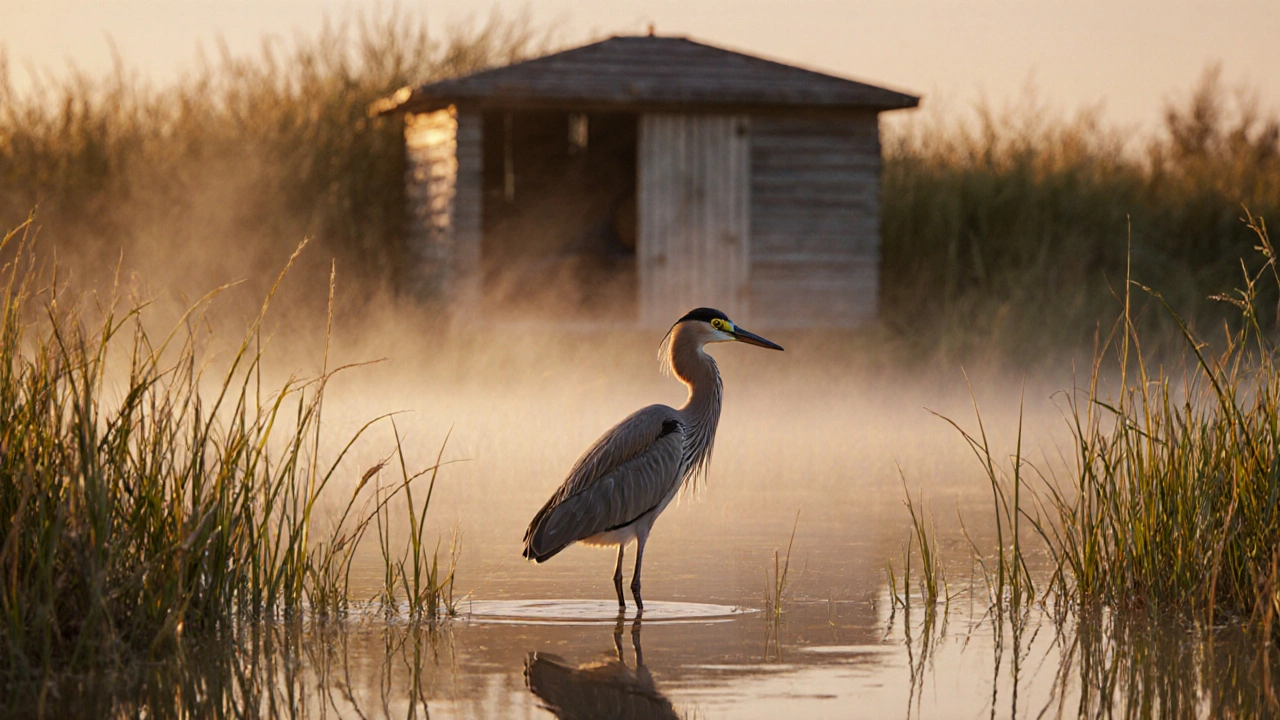London Parks Wildlife: Discover the Animals Living Right in the City
When you think of London parks wildlife, the wild animals that live freely in London’s green spaces, from parks to riversides. Also known as urban wildlife, it’s not just squirrels and pigeons—it’s foxes rummaging through bins at dawn, hedgehogs snuffling under bushes, and kingfishers darting over the Serpentine. You don’t need to leave the city to see nature in action. London’s parks are living ecosystems, not just pretty lawns.
These spaces are home to creatures you’d expect—like red foxes, smart, adaptable predators that now call London neighborhoods home—and others you might not: hedgehogs, small, spiky mammals that are vanishing from farmland but still survive in city gardens and parks. Even water voles, once nearly extinct in the UK, are making a quiet comeback along London’s canals and rivers. Birds like green woodpeckers, jays, and even herons patrol the trees and ponds. You’ll spot them if you know where to look—and when.
It’s not magic. It’s planning. London’s parks were designed with space for people, but they also became refuges for animals. Trees left standing, ponds left wild, and patches of long grass give insects, birds, and small mammals room to breathe. Even the city’s noise and lights haven’t driven them all away. Some, like foxes, have learned to thrive on human leftovers. Others, like bats, use park buildings for roosts. The more you notice, the more you realize: London isn’t just concrete and traffic—it’s a patchwork of habitats, quietly supporting life.
What you’ll find in the posts below are real stories from people who’ve seen it: foxes in Richmond Park at sunrise, hedgehogs in Regent’s Park after dark, birds nesting in Kensington Gardens. You’ll learn where to go for the best sightings, what time of year to visit, and how to watch without disturbing them. No binoculars? No problem. You just need to slow down, look up, and listen.
